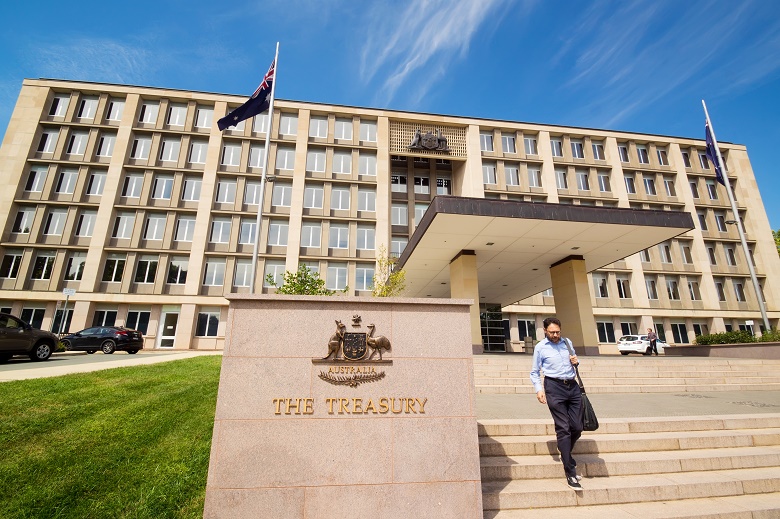
Researchers have developed an innovative new method that will enable governments to measure the social benefits of their investments.
The lack of a “common language” for evaluating the social return of governments’ various expenditure, which spans from roads and rail to hospitals, schools and social welfare, makes it impossible to prioritise this spend in a principled manner.
As a result, physical infrastructure, which is more amenable to traditional financial analysis, is often privileged over social infrastructure.
That’s according to a team of researchers at the University of New South Wales who have developed a new tool to determine the social value of projects, allowing “an evaluation of all government expenditures on a level playing field.”
The new social return accounting method is outlined in a report that was launched at an event at UNSW in Sydney last night.
The method has been developed by UNSW’s professor of economics Richard Holden, professor of law Rosalind Dixon and economics consultant Alex Rosenberg.
It builds on existing methods used to measure a social return on investment as it takes physical infrastructure into consideration, as well as intangible human and social capital.
Professor Holden says social return accounting could be a game-changer for government investment as it enables both fiscal and social benefits to be measured comparatively.
“It gives policymakers a way to calculate the return on social or government investments, in a way that puts both physical and social infrastructure on a level playing field. The method gives you one number that’s comparable, whether it’s a toll or an investment in education,” Professor Holden told Government News.
“The benefits of social infrastructure like education have typically been harder to quantify. What we’ve outlined in the report is how we can use modern social science technology to help estimate the benefits of these kinds of social policy interventions to be able to plug that in to the same financial analysis that private companies use every day,” he said.
How it works
Just as a private-sector organisation calculates investments by comparing the future cash flows with the cost of investment, social return accounting enables a comparison of the estimated costs of a public sector project with the quantified forecast benefits.
Watch Richard Holden discuss the new method:
To illustrate the real-world application of social return accounting, the researchers applied the method to calculate the benefits of the National Broadband Network (NBN) and National Disability Insurance Scheme (NDIS).
They calculated the various benefits of the NBN – from wages, to ICT skills, social connections and mental health – and found that delivering NBN to various premises, even at greater cost, has a better social rate of return than fibre to the node – at 21 per cent versus 15 per cent.
In applying social return accounting to the NDIS, the researchers found that the economic value of life-saving benefits of reduced carer stress offset the additional cost of the NDIS over existing schemes.
A paradigm shift
The new method could help governments better target funding and prioritise investment, while also improving transparency around the rationale for the use of taxpayer dollars, Professor Holden says.
“The method helps to make sure we don’t over-spend or under-spend on certain projects. It not only enables more transparency around how public money is allocated but also ensures it is allocated in the most efficient and beneficial way.”
Such quantifiable measurements are particularly valuable for government investments as most budgeting and programs evaluations focus on realised benefits, Professor Holden says. This method will enable policymakers to develop policy and programs based on quantifiable, not perceived, benefits.
Professor Holden said the tool could help to address the current situation where physical infrastructure has typically taken precedence over social policy due to an assumption that the former is more quantifiable.
“I hope it’s going to change the dialogue around these types of investments and make it clear that all investments need to be justified based on benefits relative to cost, but those benefits can be quite broad and not only tangible, like wages, but things like people’s health,” he said.
Comment below to have your say on this story.
If you have a news story or tip-off, get in touch at editorial@governmentnews.com.au.
Sign up to the Government News newsletter.



